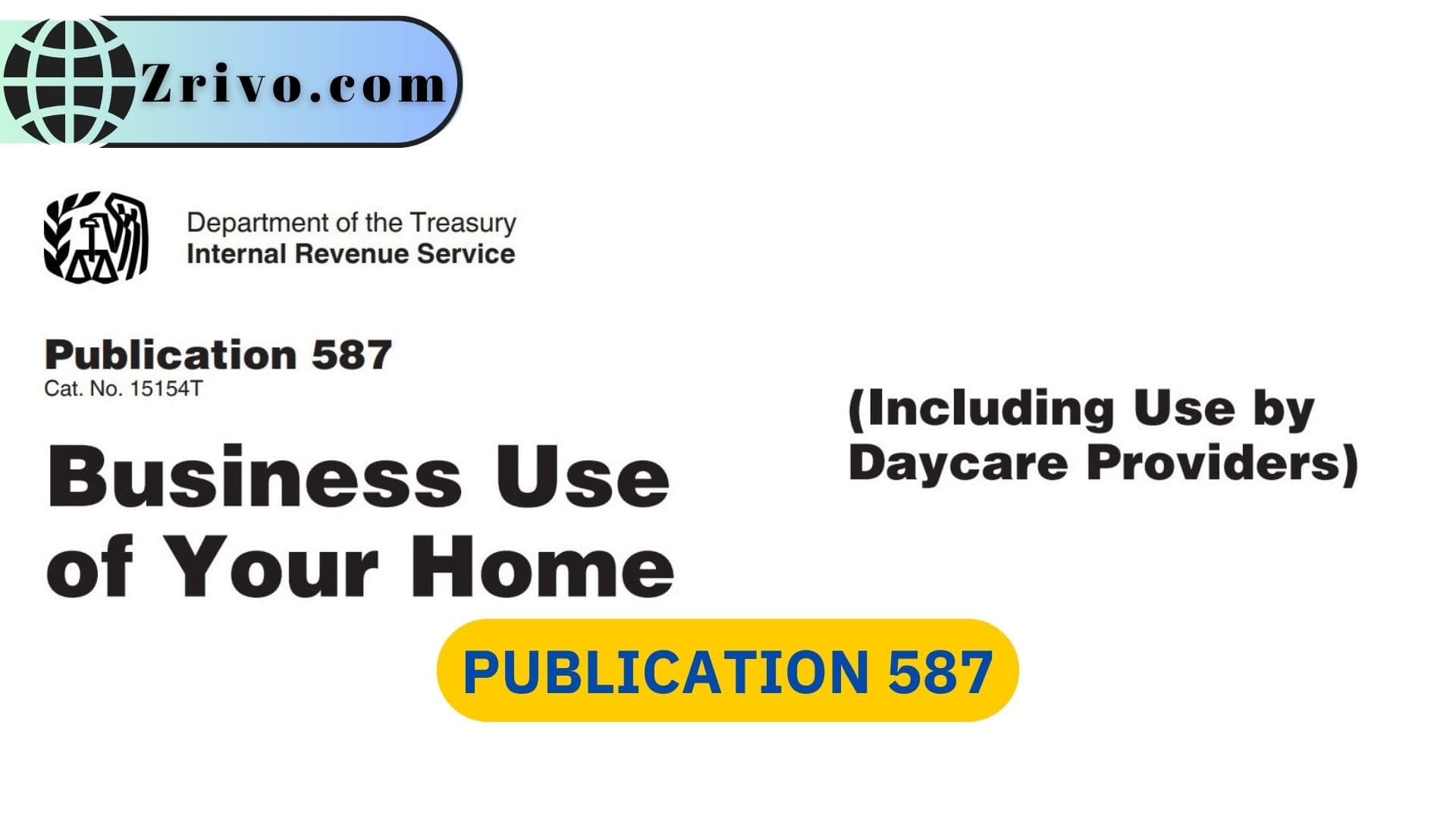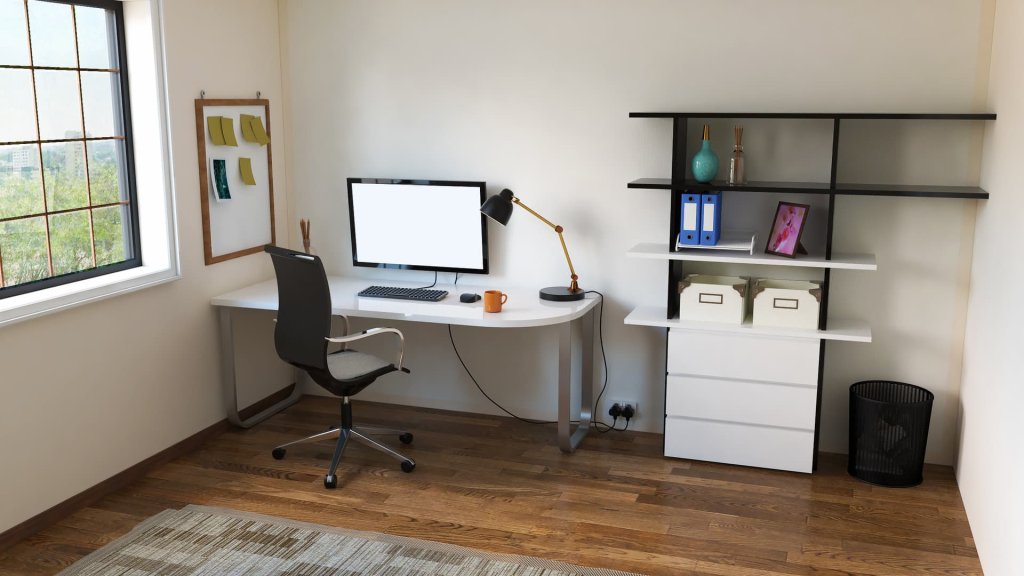
Publication 587, also known as “Business Use of Your Home,” is a document published by the Internal Revenue Service (IRS) in the United States. It provides guidance on calculating and claiming deductions for the business use of a taxpayer’s home. If you operate a business out of your home, you may be able to deduct some of your expenses. These include the business portion of real estate taxes and mortgage interest, rent, utilities, casualty losses, insurance, and depreciation. You must meet certain requirements to qualify for this deduction. Generally, in order for you to qualify for the home office deduction, the area you use must be used exclusively and regularly for your trade or business. Incidental or occasional use of the space is not considered regular use, and you may not claim any expenses for this type of use.
Also, you cannot take a double deduction for mortgage interest and real estate taxes. You must either report the business portion of these expenses on Schedule C, Business Expenses or report the personal portion on Schedule A, Itemized Deductions. This is because the Supreme Court held in Soliman vs. United States that the anesthesiologist’s home office did not meet the test of being his principal place of business because he performed “the essence of his professional service” at the hospitals.
The IRS sets the maximum deductible amount for the business use of your home each year. If you calculate your deductions and they exceed this limit, you can carry over the excess to the next year.

IRS Home Office Deduction Requirements
As a home-based business owner, you may be wondering whether you qualify for the IRS’s home office tax deduction. While the tax code reserves this deduction for those who conduct a trade or business out of their homes, it does not exclude other types of businesses from taking advantage of the opportunity. If you aren’t sure whether you qualify, contact a trained tax professional for assistance. Publication 587 provides detailed information on the requirements for claiming the home office deduction. Here are some key points regarding the eligibility criteria:
- To qualify for the home office deduction, you must use a portion of your home exclusively and regularly as either:
- a. Your principal place of business for your trade or business.
- b. A place where you meet or deal with clients, customers, or patients normally during your trade or business.
- c. A separate structure used in connection with your trade or business.The key is that the space must be used solely for business purposes and not for personal use.
- The home office must be your primary place of business, which means it is the most important location where you conduct your business or where you perform administrative or management activities.
- You must use the home office area regularly for your business. Occasional or sporadic use generally does not meet the requirement.
- The home office must be used for a trade or business activity. This includes self-employment, freelancing, or running your own business. It typically doesn’t apply to employees who have a separate office provided by their employer.
- There are additional specific use tests for certain types of businesses. For example, if you are using your home for daycare services or for storing inventory or product samples, there are specific criteria outlined in Publication 587 that must be met.
- Starting in tax year 2013, the IRS introduced a simplified method for calculating the home office deduction. Instead of calculating actual expenses, you can choose to deduct a standard amount based on the square footage of your home office space, up to a maximum square footage.